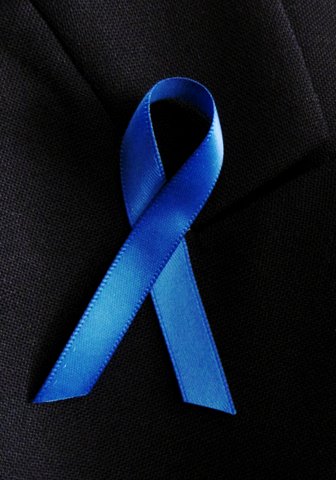- Details
- Last Updated: 26 December 2018 26 December 2018
 h1
h1
 h2
h2
h3
h4
h5
Link to specific section of article with page breaks (About Fibromyalgia - Who Treats Fibromyalgia?)
Link to specific section of article without page breaks using an anchor (Patient Services, Information Line paragraph)
Executive Summary
The H.H.S. Chronic Fatigue Syndrome Advisory Committee (CFSAC) acknowledges the positive intent underlying the commission of reports from the Institute of Medicine (IOM) and the NIH Pathways to Prevention Workshop (P2P) and appreciates this opportunity to provide advice and recommendations to the Secretary of Health and Human Services (HHS) through the Assistant Secretary for Health (ASH).
The involvement of the Institute of Medicine confers a legitimacy to the science that has not been heretofore acknowledged by the medical community. We hold the Institute in high regard and respect the dedication, effort and enthusiasm displayed by the members of the Committee during their appointment. It is clear that both disease experts and non-experts recognized the debilitating nature of the disease and the urgent need for scientific research, medical education, and improved patient care.
It is also clear that the members of the P2P Panel brought open minds and compassionate hearts to their work. Their identification of numerous research gaps, unique challenges, and methodological and scientific weaknesses has reinforced prior CFSAC recommendations and should serve as a key resource for moving the science forward.
As substantiated by the P2P panel, ME/CFS is "an unmet public health need" with "tremendous impact at the individual, family, and societal level." The IOM Committee has concurred, stating that the disease causes "significant impairment and disability that have negative economic consequences at both the individual and the societal level" and emphasizing an "urgent need for more research."
Although a long history of minimal federal funding has impacted scientific research for this disease at every level, rapid scientific discovery is within reach. During the past decade alone, a number of privately-funded studies have used existing and emerging technologies to identify potential biomarkers that could enhance understanding of the biological factors involved in both onset and progression. Additionally, small clinical trials of Rituxan (an FDA-approved monoclonal antibody) have demonstrated substantial improvement in a significant percentage of patients. A commitment of resources by HHS agencies at this time will enable scientists to reproduce important research, address identified gaps, accelerate progress, and better understand this debilitating disease.
This document provides actionable recommendations to the Secretary which are supported by the IOM and P2P reports. Additional statements from the AHRQ Evidence Review, the FDA Voice of the Patient, and the NIH State of the Knowledge Workshop Report serve as reinforcement of recommendations as appropriate.
Areas of consideration are as follows:
- Research Direction, Funding and Goals
- Diagnostic Criteria: A Path for Moving Forward
- Medical Education and Guidelines
- Acknowledgement and Identification of the Disease
The publication of the IOM and P2P reports signifies a potential turning point in the history of this disease. Failure to acknowledge and follow through on the numerous recommendations provided in these reports would be an injustice to all concerned.
